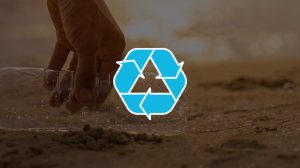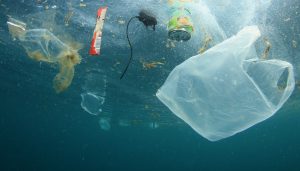Rochester Institute of Technology estimates 381 tons of plastic in Lake Erie – most of it on the bottom
A new Rochester Institute of Technology study used 3D modeling to examine nine types of polymers and estimated that the lake includes 381 metric tons of plastic — more than 50 times greater than the previous estimates at the surface.
The modeling found that the three polymers with the lowest density — polyethylene, polypropylene and expanded polystyrene — accumulate on the surface of the lake while the other six polymers were concentrated in the sediment.
Unlike in the oceans, plastic does not collect in floating patches in the Great Lakes. Much of the plastic lodged near coastlines, especially on the eastern end of the lake, because of currents.
Four years ago, RIT mathematicians estimated that nearly 10,000 metric tons — or 22 million pounds — of plastic debris enter the Great Lakes every year from the United States and Canada.
The question a mathematical modeling doctoral student Juliette Daily and Professor Matthew Hoffman wanted to answer now was where that plastic ended up. Because samples of surface water show much less pollution.
“The samples taken at the surface… don’t give you good picture of what’s happening in the lake,” Daily said. “There’s all this missing plastic. The numbers are way smaller than what you’d think, based on input, so we tried to answer where the missing plastic would go.”
Plastic over time may lose buoyancy, and even floating pieces may sink.
The problem is a big one, for the whole Great Lakes, researchers said. Plastic from Chicago could end up in Ohio.
“It’s definitely not, Cleveland’s trash is Cleveland’s problem. It’s going to move throughout the lake. It can end up in a lot of places,” Daily said. “Even if it makes it out of Erie, it becomes Ontario’s problem.”



